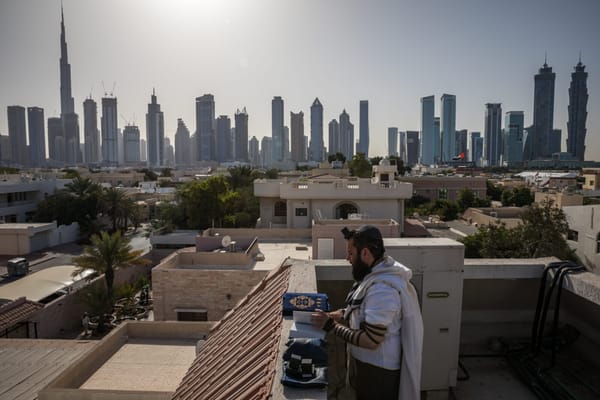Pakistan, Afghanistan and the Gulf
After the Iraqi attack on the USS Stark in mid-May 1987, senior State Department officials scurried around the Gulf to drum up political support. Pakistan received a more significant visit. In late June, Gen. George Crist, commander-in-chief of the US Central Command (CENTCOM) arrived in Islamabad w









